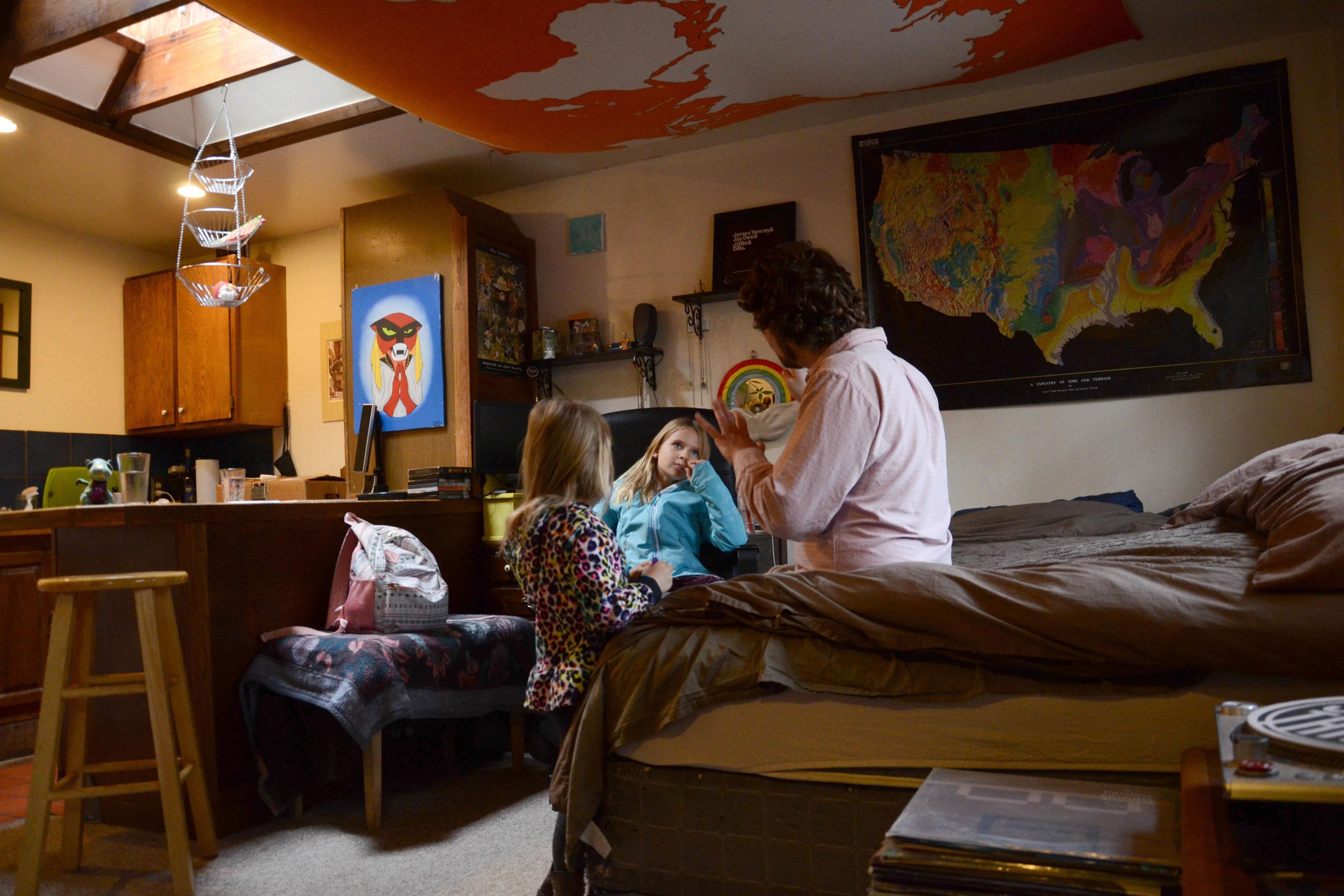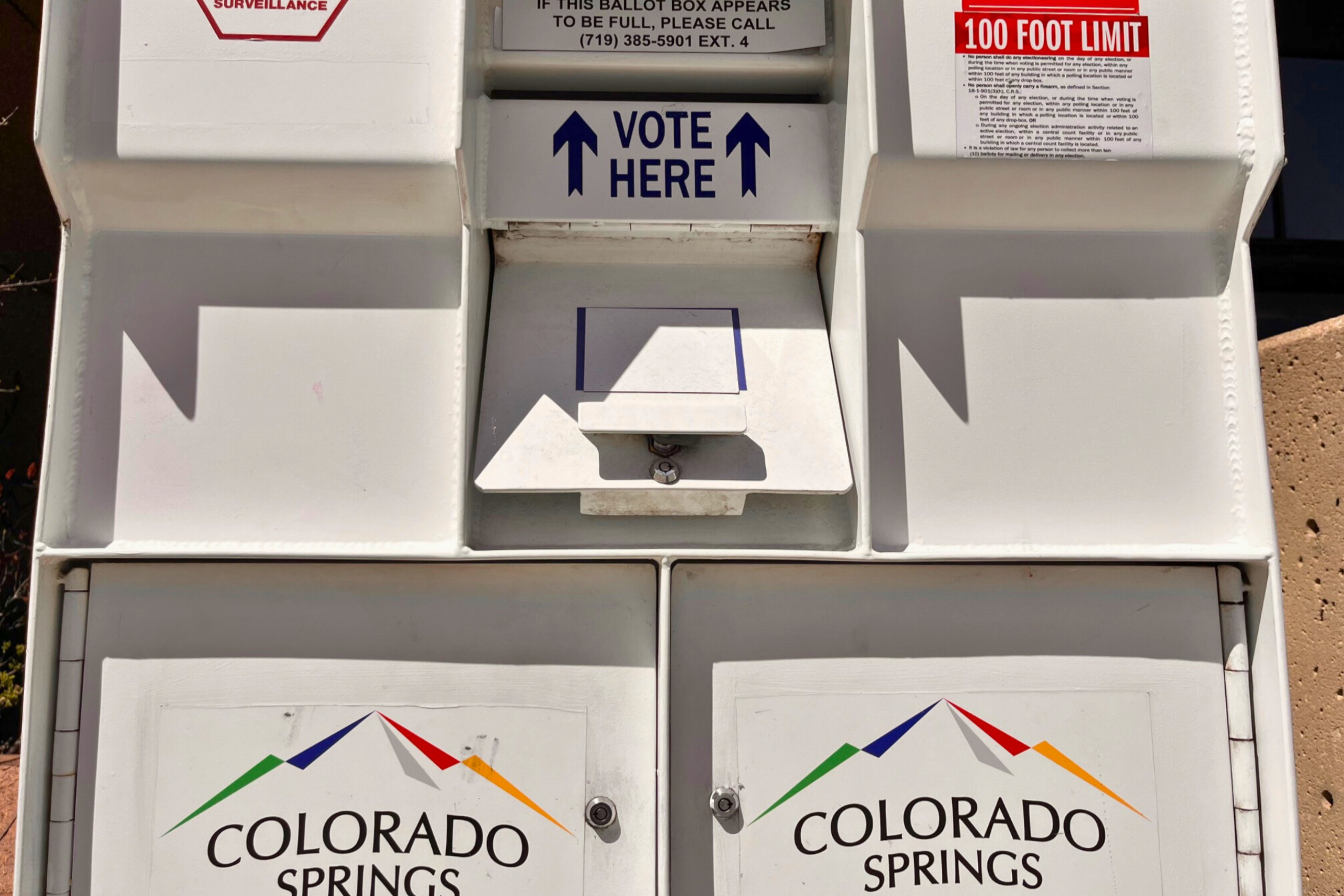

TC Bell knows what life is like without health insurance after growing up with a mother who cobbled together care from a public health clinic, emergency room visits and off-the-books visits to a doctor they knew.
That memory makes Bell, of Denver, grateful for the coverage his two daughters have now under the Children’s Health Insurance Program — and concerned about its uncertain future in Congress.
“There’s an incredible security that I have with CHIP,” said Bell, 30, who has gone back to community college to reboot his life after working a series of low-paying jobs. “If my daughters get sick or seriously injured, we can take them to their doctor, rather than when I was growing and had to go through the emergency room. We always kept our fingers crossed back then.”
Profile: TC Bell At Home Backing Political Outsiders
CHIP provides low-cost coverage to children in families that earn too much to qualify for Medicaid. But it has become caught up in a political stalemate over how to fund it.
Congress failed to reauthorize the program before it expired in September. Several states are expected to deplete their remaining funds for it by next month. The uncertainty has left states scrambling — and causing worries for families that depend on the program.
“The fact that they want to play politics with our kids’ health care is appalling,” Bell said. “All we’re asking for is an investment, not a handout. CHIP was built for the working class.”
Each state designs its own version of CHIP with different rules and coverage, so each faces a somewhat different situation. But Arizona, California, Colorado, Minnesota, Ohio, Oregon and the District of Columbia are among the first expected to exhaust their CHIP allotments.
“We’re seeing every month more and more states running out of their funding for their CHIP programs, so it’s becoming more of a national issue,” said Emily Piper, Minnesota’s human services commissioner.
Fresh federal money for CHIP, which was created in 1997, dried up Oct. 1. Legislation to extend the program for five more years passed the House earlier this month. However, majority Republicans decided to pay for it partly by cutting a public health program created under former President Barack Obama’s health care law, and by raising Medicare premiums on upper-income recipients. Those provisions make the bill less palatable in the Senate. Senators have agreed on a bill extending the program for five more years but remain divided over how to pay for it.
“Congress was really focused this summer on repealing and replacing the Affordable Care Act, and there wasn’t a lot of oxygen left in the room to talk about just about anything else in health and human services,” Piper said.
Now Congress has turned its attention to its tax bill, she added. “The CHIP program has been a bipartisan program for a really long time, and it’s more to do with other priorities than, I think, to do with people not wanting to fund CHIP.”
An eventual fix is expected to be part of a huge year-end spending bill aimed at preventing a federal government shutdown, but that’s not guaranteed.
Now, with funds running out, states are struggling with what to tell families who rely on CHIP, said Samantha Artiga, an analyst with the Kaiser Family Foundation.
“They’re really trying to hold off as long as possible or on providing any notice to families,” Artiga said. “They don’t want to create confusion or fear or instability for families who are covered under the program.”
Colorado isn’t holding off any longer. The Department of Health Care Policy and Financing, which administers the Child Health Plus program, Colorado’s version of CHIP, began sending letters to enrollees advising them that they need to look at private insurance coverage options if Congress fails to act. Formal termination notices could go out in mid-December.
The department estimates that Colorado’s federal funding won’t last beyond Jan. 31. More than 75,000 children and 800 pregnant women in Colorado are enrolled in CHP Plus.
States set their own eligibility rules for the program. Colorado covers children 18 or younger and pregnant women 19 and older when household income is no more than 260 percent of the federal poverty guideline; for example, a family of four with income of $63,960 or less.
In Minnesota, CHIP serves about 125,000 children. Since Minnesota provides CHIP coverage through its Medicaid program, it has been able to secure some temporary emergency federal funds and plans to keep those children covered even if it needs to use its own money. But without a congressional solution Minnesota would eventually have to cut off about 1,700 pregnant women and new mothers, Piper said.
Arizona was in danger of running out of money by mid-December, but Republican Gov. Doug Ducey’s administration came up with a complicated plan to shift some funding around to make CHIP last until March, said Christine Corieri, the governor’s health policy adviser.
“There’s a lot of things I think that we can argue about. There’s a lot of things that divide us,” Ducey said. “Taking care of these kids in this situation I think is something that should unite us.”
Arizona has about 74,000 children covered under Medicaid expansion and 23,000 under its CHIP program, known as KidsCare. Those include Corina Mejia’s two sons.
Mejia, a single mother in Phoenix, works as a school community liaison officer. She has health insurance for herself through her job but needs KidsCare to make insuring her children affordable. Her older son, Isaiah, 11, has asthma and requires regular checkups and medication, while infant Jorge was born prematurely. Mejia said she doesn’t know what she’ll do if lawmakers keep balking.
“They need to put themselves in our position and have an open mind,” Mejia said. “A lot of us parents do work, but we just happen to not make enough to be able to provide the medically necessary needs that we have to provide for our children.”









